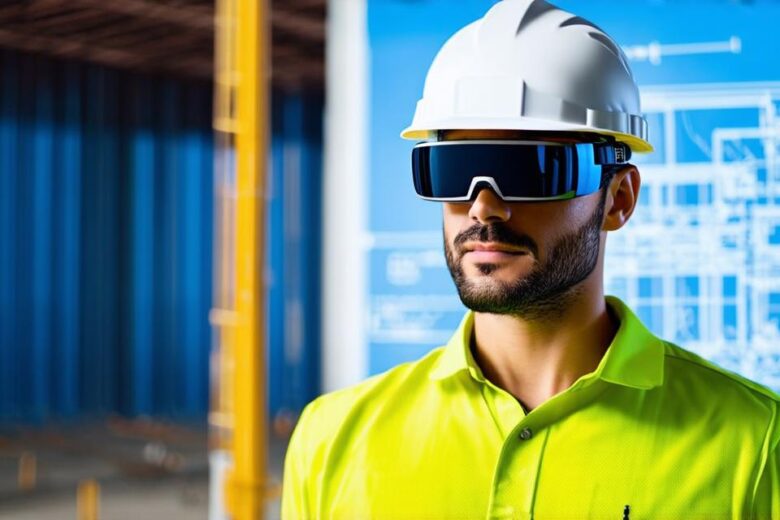Augmented reality glasses are devices that allow users to view virtual objects or data on top of the real world. They work by using sensors and cameras to track the user’s position and then overlaying digital information onto their view of the physical environment.
Functionality:
Augmented reality glasses typically consist of a pair of head-mounted displays (HMDs), which are worn on the user’s head like regular glasses. The HMDs have built-in cameras and sensors that allow them to track the user’s position in space. This data is then used to create an accurate representation of the real world, which is overlaid onto the user’s view of the environment.
The virtual objects or data that are displayed on the HMDs can be customized to suit the needs of the user. For example, a construction worker might use augmented reality glasses to visualize the location of rebar or other building materials on a construction site. A retailer might use them to display information about products in a store, allowing customers to see more detailed information about an item before making a purchase.
Applications:
Augmented reality glasses have a wide range of applications across various industries. In the healthcare industry, they can be used to assist surgeons during procedures by providing real-time visualization of organs and other structures in the body. In manufacturing, they can be used to help workers visualize complex assembly instructions or to track the progress of a production line.
In education, augmented reality glasses can be used to enhance the learning experience by providing students with immersive visualizations of historical events or scientific concepts. In marketing and advertising, they can be used to create engaging product demonstrations or to display interactive advertisements in public spaces.
Conclusion:
Augmented reality glasses are a powerful tool that can be used in a variety of industries to enhance the user experience and improve productivity. By overlaying digital information onto the real world, they allow users to see more than what is immediately apparent to the naked eye. As the technology continues to evolve, we can expect to see even more exciting applications for augmented reality glasses in the future.

